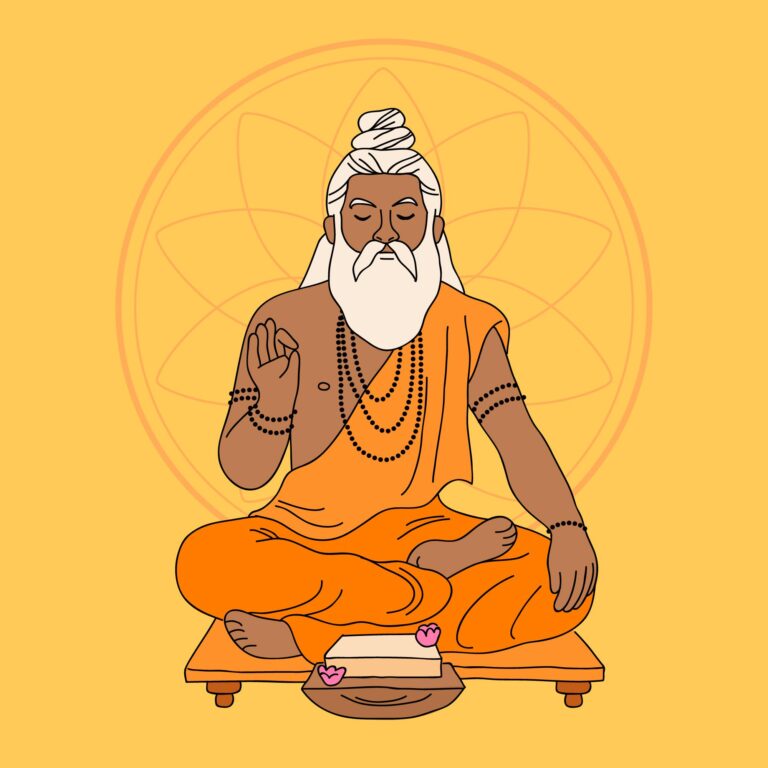Sanskrit and Sanskriti Culture

Sanskrit and Sanskriti are two intertwined aspects of ancient Indian civilization, and that they have played a pivotal function in shaping the way of life and historical past of the Indian subcontinent.
Sanskrit:
Language of the Gods: Sanskrit is often referred to as the “language of the gods” or “devabhasha.” It is one of the global’s oldest languages and is the classical language of ancient India. It is a noticeably dependent and systematic language, recognized for its precision and wealthy vocabulary. The earliest form of Sanskrit, called Vedic Sanskrit, become used inside the sacred scriptures known as the Vedas.
A Literary Treasure: Sanskrit has a widespread frame of classical literature that consists of the Vedas, Upanishads, Mahabharata, Ramayana, Puranas, and numerous different texts. It is the language wherein many of India’s greatest philosophical, spiritual, and literary works had been composed.
A Lingua Franca: In historic India, Sanskrit served as a lingua franca, a language of scholarly communique and cultural exchange. It was used by pupils, poets, and philosophers throughout the Indian subcontinent.
Preserved Traditions: Sanskrit has played a crucial position in keeping India’s wealthy oral traditions. The Vedas, as an instance, were transmitted orally for generations earlier than being recorded in written shape in Sanskrit.
Sanskriti (Culture):
Religion and Spirituality: Sanskriti, or Indian way of life, is deeply rooted in faith and spirituality. It encompasses a diverse range of perception structures, such as Hinduism, Buddhism, Jainism, and Sikhism. These religions have had a profound influence on artwork, architecture, rituals, and every day existence.
Art and Architecture: Indian subculture is renowned for its super art and architecture. Temples, monuments, and sculptures show off complex craftsmanship and spiritual symbolism. Examples include the majestic temples of Khajuraho, the complex carvings of Ellora, and the enduring Taj Mahal.
Yoga and Meditation: India is the birthplace of yoga and meditation, which are quintessential elements of Indian tradition. These practices sell physical and mental well-being and feature gained international reputation for their effectiveness.
Festivals and Celebrations: India is a land of fairs, with various celebrations all through the year. Diwali, Holi, Eid, Christmas, and limitless others are celebrated with excellent enthusiasm, reinforcing the cultural diversity and team spirit of the nation.
Cuisine: Indian cuisine is thought for its wealthy flavors and regional variety. Each location has its precise culinary traditions, and Indian meals has received recognition global. Spices, herbs, and fragrant ingredients are key components of Indian dishes.
Clothing and Attire: Traditional Indian garb varies by way of location however commonly includes clothes like sarees, dhotis, kurta-pajamas, and turbans. These clothing mirror the cultural history and diversity of the usa.
Family and Social Values: Indian way of life locations a robust emphasis on circle of relatives values, admire for elders, and a experience of community. The joint own family device, in which a couple of generations stay together, has been a traditional way of life.
Classical Arts: India has a wealthy tradition of classical arts, along with classical music (Hindustani and Carnatic), classical dance (Bharatanatyam, Kathak, Odissi, etc.), and classical literature. These arts had been exceeded down thru generations and hold to thrive.
Sanskrit and Sanskriti are inseparable, because the language has been instrumental in maintaining and propagating the cultural and religious heritage of India. They are a testomony to the profound impact of language and subculture on a civilization, and that they remain celebrated and cherished in modern-day India and around the world.
